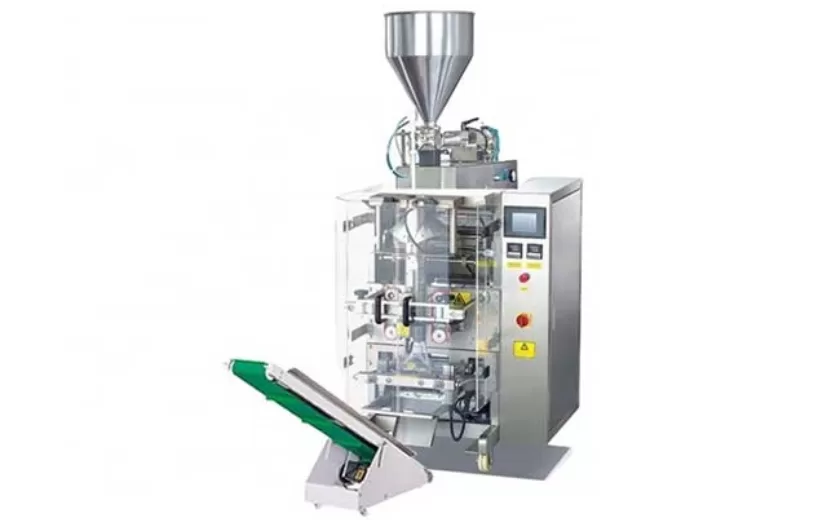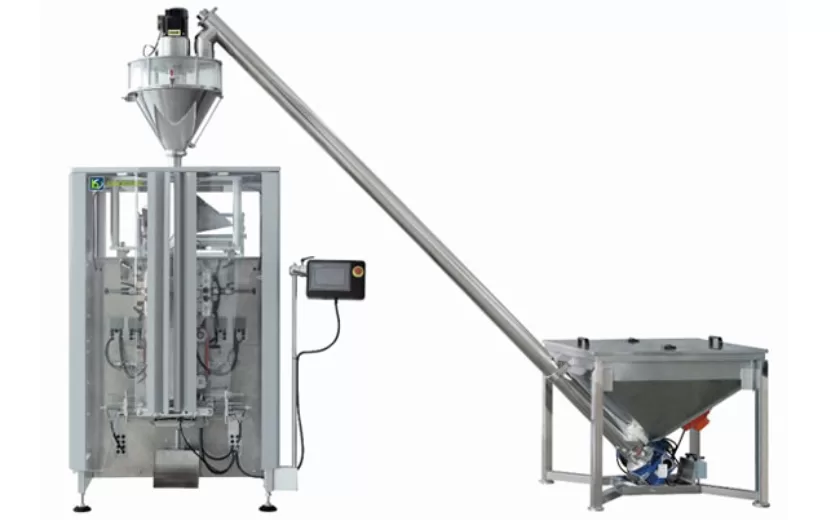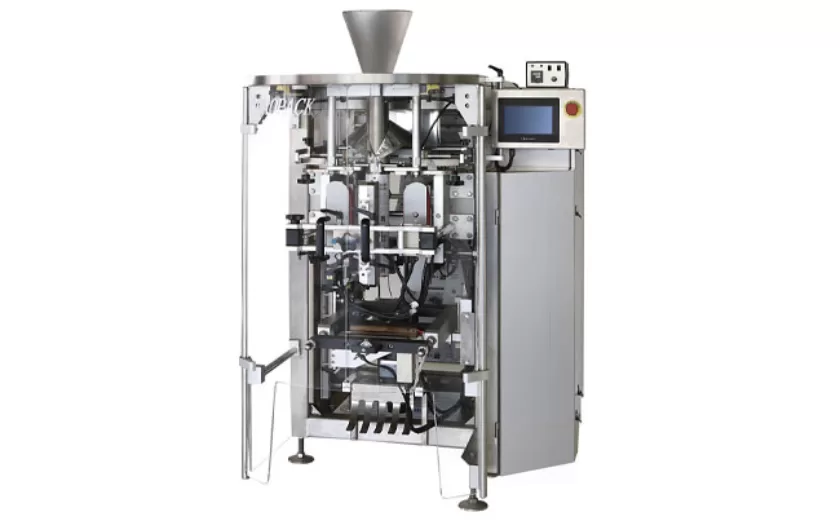Key Regulations Affecting Tomato Paste Packaging
Tomato paste, a staple in numerous cuisines worldwide, comes in various packaging formats to preserve its quality and freshness. However, adhering to stringent regulations is crucial to ensure the safety and integrity of tomato paste packaging. This article explores the key regulations that shape the industry practices and ensure consumer protection.
Food Safety and Hygiene Regulations
Food safety regulations prioritize the health and well-being of consumers by dictating hygienic practices and standards in tomato paste packaging. These regulations stipulate guidelines for:
Materials and Equipment: Food-grade materials and equipment are mandatory to prevent contamination and maintain product integrity.
Cleaning and Sanitation: Regular cleaning and sanitization of packaging facilities, equipment, and personnel are essential to minimize the risk of microbial growth.
Pest Control: Effective pest control measures are implemented to protect against contamination by insects and rodents.
Traceability: Detailed traceability systems are established to track and monitor the movement of tomato paste from production to distribution.
Packaging Material Regulations
The nature of packaging materials used for tomato paste is subject to specific regulations to ensure their compatibility with the product. These regulations focus on:
Materials Safety: Packaging materials must be non-toxic, inert, and safe for human consumption.
Barrier Properties: To maintain product quality, materials must possess adequate barrier properties against moisture, oxygen, and contaminants.
Labeling: Packaging materials must display clear and accurate labeling, including product information, ingredients, and storage conditions.
Environmental Regulations
Sustainability and environmental protection play a significant role in tomato paste packaging regulations. These regulations promote:
Waste Reduction: Measures to minimize packaging waste, such as using recyclable or biodegradable materials, are encouraged.
Resource Optimization: Regulations mandate the efficient use of resources in packaging design and manufacturing processes.
Disposal and Recycling: Guidelines are set for proper disposal and recycling of packaging materials to reduce environmental impact.
Consumer Safety and Protection Regulations
Protecting consumers is paramount, and regulations ensure the safety and reliability of tomato paste packaging. These regulations cover:
Consumer Information: Packaging must provide clear and informative labels that disclose product ingredients, nutritional value, and storage instructions.
Tamper Resistance: Packaging designs must incorporate tamper-resistant features to prevent intentional or accidental product tampering.
Product Labeling: Regulations specify the mandatory information to be included on packaging, such as product weight, production date, and manufacturer details.
Compliance and Enforcement
Compliance with these regulations is mandatory for manufacturers, distributors, and retailers involved in tomato paste packaging. Regulators conduct regular inspections and audits to enforce compliance and safeguard consumer interests. Failure to comply can result in penalties, fines, or even product recalls.
Key regulations affecting tomato paste packaging serve as a comprehensive framework to ensure product safety, hygiene, environmental sustainability, and consumer protection. Adhering to these regulations is essential for industry players to maintain credibility, protect consumers, and contribute to the overall well-being of society. By embracing these regulations, the industry can continue to deliver high-quality tomato paste products packaged in a responsible and compliant manner.
-
Advanced Packing Solutions: Snacks, Sugar, and Frozen Food Machines
29-10-2025 -
Efficient and Reliable Solutions for Salt, Nuts, and Frozen Dumplings Packing
29-10-2025 -
High-Performance Biscuits, Lollipop, and Ketchup Packing Machines for Modern Food Production
29-10-2025 -
Efficient Liquid Filling and Packing Machines for Modern Production
23-10-2025 -
Reliable Granule Packaging Machines for Efficient Production
23-10-2025 -
Efficient Auger Powder Filling Machines for Accurate Packaging
23-10-2025 -
High-Performance Liquid Filling and Packing Machines for Hygienic Production
10-10-2025 -
High-Efficiency Granule Packaging Machines for Precision and Speed
10-10-2025 -
High-Precision Auger Type Powder Filling Machines for Efficient Packaging
10-10-2025 -
Efficient Vertical Form Fill Seal Packaging Machines for Smart Production
10-10-2025











